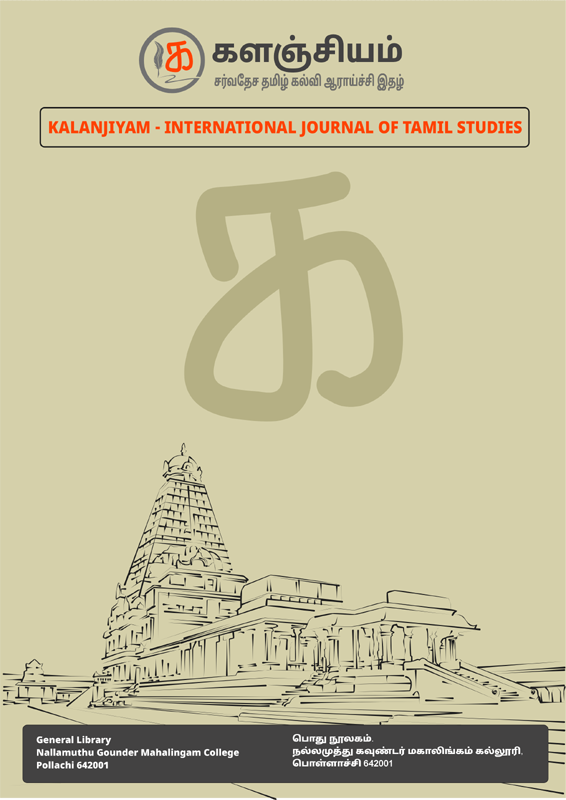New Frontiers of Translation in 21 st Century
Miss.Sivapalan Kopika Visiting Lecturer and Sworn Translator(E -T & vice versa) Department of Translation Studies University of Jaffna. Sri Lanka. Gobibalan21@gmail.com
DOI:
https://doi.org/10.35444/Keywords:
Translation,, Monolingual speaker, Intercultural relationship, Cultural norms, Literary worksAbstract
Translation is one of the various branches of learning and it has become an important discipline that encompasses separate body of Knowledge. Newmark considers translation as '' A craft consisting in the attempt to replace a written message or statement in one language into another language ''. The need for translation has existed since immemorial. Translating important literary works from one language into others has contributed significantly to the development of international culture. Particular social forms and cultural norms and ideas have constantly been spreading an assimilating into other cultures by the way of translation. This paper attempts to examine the status of Translation in this Century. It is also intended to help budding translators to understand the current status of the field of translation and to suggest ways and means for them to prepare themselves in advance for their professional task.
No one can down play the crucial role played by the translators in serving as a bridge between languages thereby coming to the rescue of monolingual speakers. That is why translation is viewed as a means to reinforce international and intercultural relationship.
Downloads
References
https://www.kwintessential.co.uk/blog/general-interesttranslation/the-history-of-translation
Newmark. Peter,2001. A Textbook of Translation. London: Prentice Hall.
Bassnett. S, 1980. Translation Studies. London: Methuen.
Encyclopeadia Americana, Vol.27, 1984, “Translation”, Grolier Incorporated, Danbury
https://www.pangeanic.com/knowledge_center/computer-assisted-translation-tool-cat/
Downloads
Published
Issue
Section
License
Copyright (c) 2021 Miss.Sivapalan Kopika (Author)

This work is licensed under a Creative Commons Attribution 4.0 International License.
Our journal adopts CC BY License Creative Commons Attribution 4.0 International License http://Creativecommons.org//license/by/4.0/ . It allows using, reusing, distributing and reproducing of the original work with proper citation.






